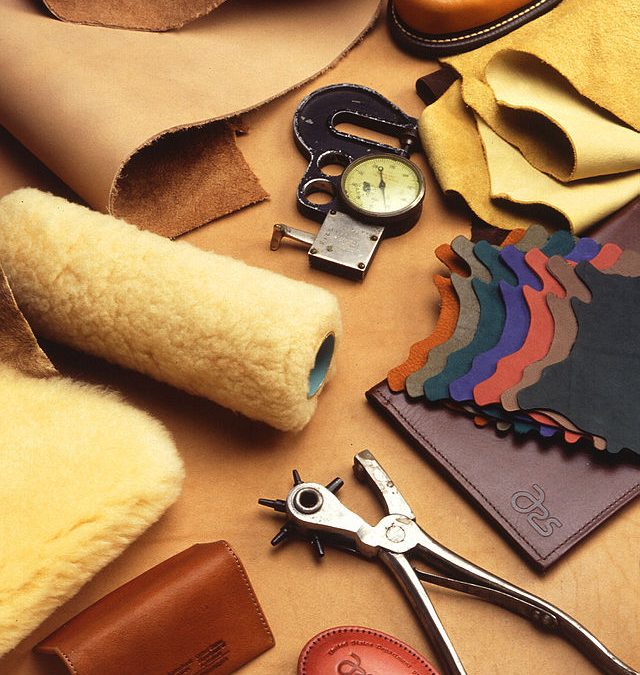If you’ve done any research into the different types of leather, you’ve probably come across full-gram, half-grain, and the lesser-known “corrected” grain. Full-grain is arguably the most popular, as it’s characterized by a smooth, luxurious surface with few-to-no flaws. Of course, it’s also the most expensive type of leather, making it less appealing to budget-conscious consumers. But what in the world is corrected grain leather?
Corrected grain is a special type of leather that’s been fixed, or corrected, by a professional leatherworker to improve its aesthetics and functional qualities. If a leather worker deems a piece of leather as having too many flaws, it’s used as corrected leather instead of full-grain. The leatherworker will attempt to remove as many of these flaws as possible before using the material in a product. When the flaws are removed, the material is dubbed “corrected grain,” at which point it’s used in the production of a jacket, handbag, shoes, belt, furniture, etc.
Physical properties of this leather
For a better understanding of corrected grain, you must first look at the physical qualities of leather. Normally, leather has a rough, almost sandpaper-like grain on the surface (to a lesser degree, of course). This helps to create its appealing characteristics. With corrected grain, however, the leather grain’s is below the necessary standards for the leatherworker to use it as a full-grain. Instead of throwing it away, however, the leatherworker removes the flawed grain on the surface and replaces it with an artificial grain. The exact process for this varies depending on the leatherworker’s preferences.
There are both advantages and disadvantages to choosing corrected grain leather. Because it’s derived from lower quality leather, it tends to cost less than full or top-grain. If you’re looking for an inexpensive piece of leather, corrected grain is the way to go. Furthermore, it’s often produced in different finish types, such as semi-aniline and pigmented, adding an extra layer of appeal.
In conclusion
The downside to corrected leather is that it lacks the natural properties of top and full-grain. You can tell the difference between corrected grain and top/full-grain by looking or feeling them. Corrected grain is more rough and just feels artificial.
Have anything else you would like to add to this post? Let us know in the comments section below!

